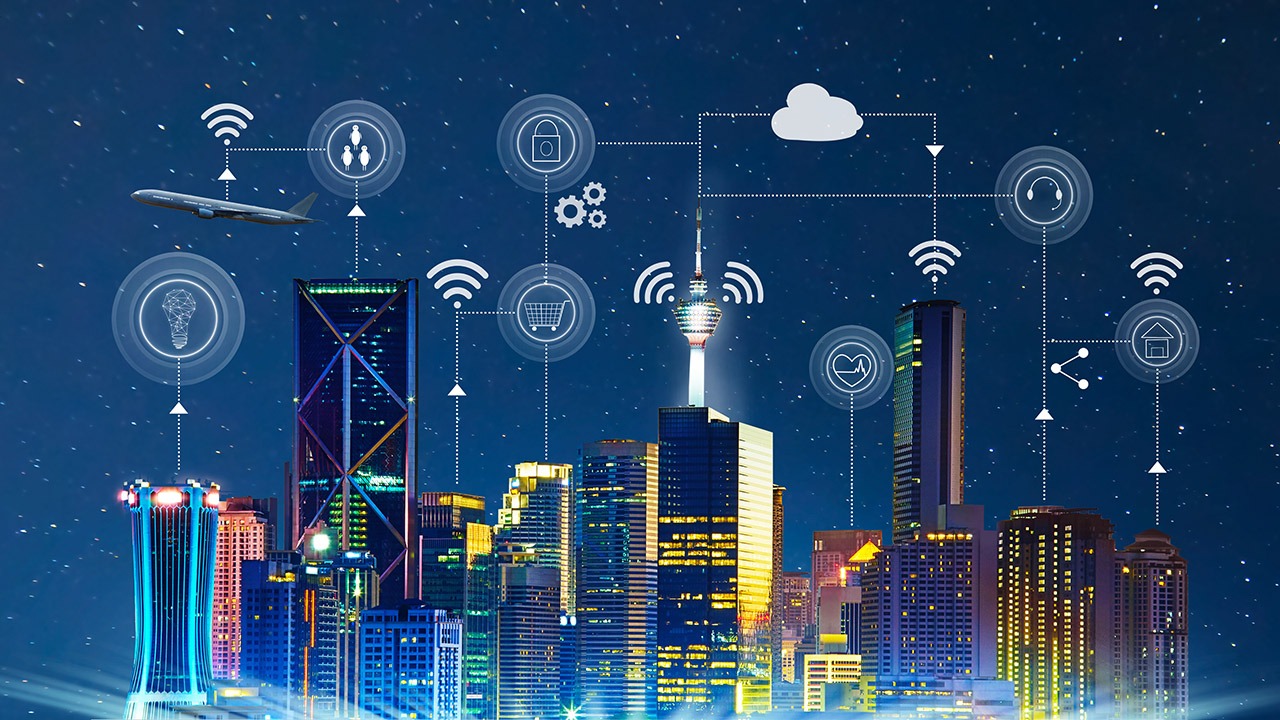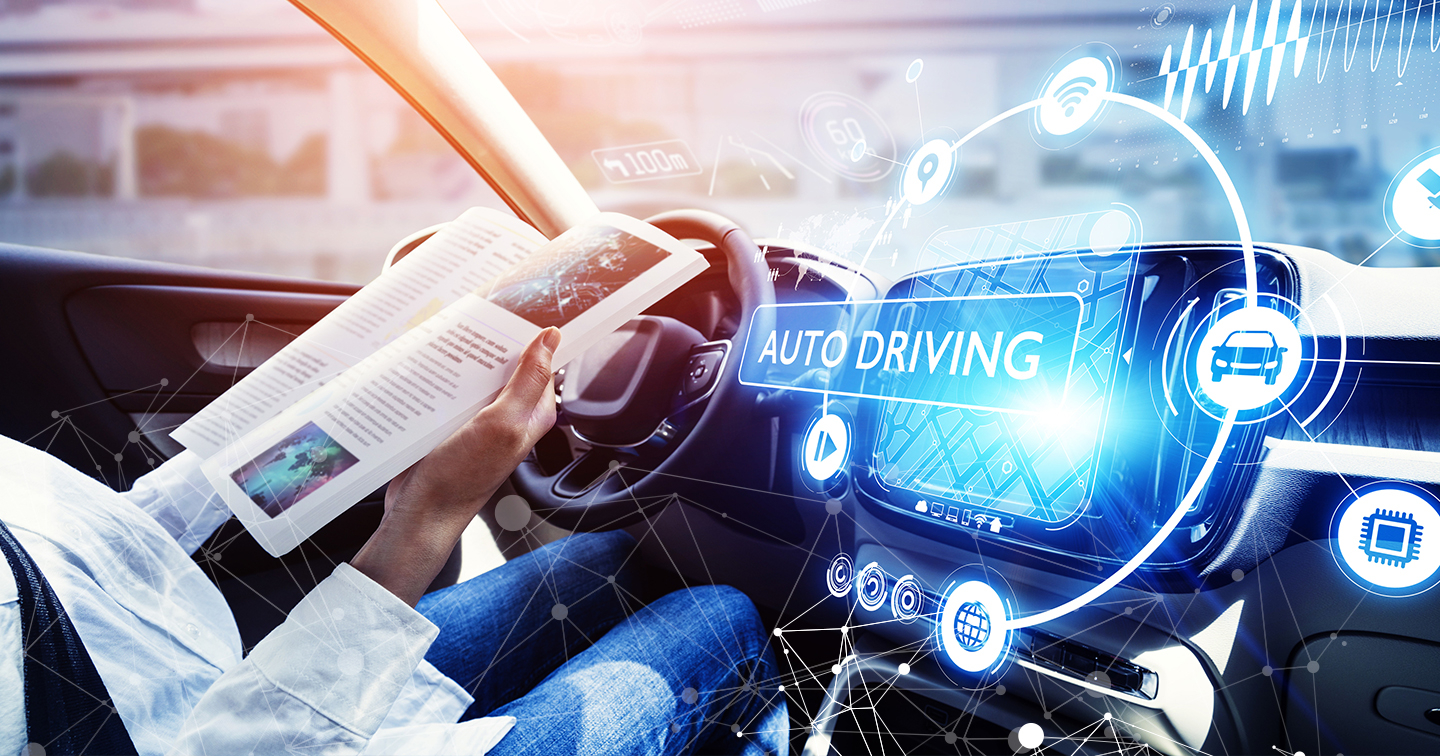The evolution of autonomous vehicles (AVs) has ushered in a new era of mobility, where intelligent systems and connectivity play pivotal roles in transportation. Vehicle-to-Everything (V2X) communication is at the heart of this revolution, serving as the connective tissue that enables autonomous vehicles to interact seamlessly with their environment. By bridging the gap between vehicles, infrastructure, and other road users, V2X transforms how autonomous vehicles perceive and respond to the world, paving the way for safer and more efficient transportation.
This article explores how V2X communication is transitioning from concept to reality and its critical role in the success of autonomous driving technology.
Understanding V2X in the Context of Autonomous Vehicles
What is V2X Communication?
V2X is an advanced communication system that allows vehicles to exchange real-time data with other vehicles (V2V), infrastructure (V2I), pedestrians (V2P), and networks (V2N). For autonomous vehicles, V2X serves as an external sensory layer, supplementing their onboard systems like LiDAR, cameras, and radar. Key features include:

- Predictive Awareness: V2X provides AVs with information beyond their line of sight, such as hidden obstacles or upcoming traffic conditions.
- Proactive Decision-Making: By enabling vehicles to anticipate road hazards, V2X enhances safety and operational efficiency.
How Does V2X Enhance Autonomous Driving?
Autonomous vehicles rely heavily on data to make informed decisions. While onboard sensors are crucial, they have limitations, especially in complex environments or adverse weather conditions. V2X addresses these gaps by:
- Improving Perception: Sharing detailed information about road conditions and traffic dynamics.
- Enabling Collaboration: Facilitating coordinated movements among vehicles to optimize traffic flow.
- Reducing Latency: Utilizing low-latency networks like 5G for near-instantaneous communication.
Applications of V2X in Self-Driving Technology
1. Traffic Management and Efficiency
V2X communication allows autonomous vehicles to contribute to a smarter, more efficient transportation ecosystem:

- Adaptive Navigation: AVs receive real-time updates about road closures, congestion, and detours to adjust their routes dynamically.
- Cooperative Driving: By coordinating with other vehicles, AVs can form platoons, reducing energy consumption and improving road capacity.
2. Enhancing Road Safety
Safety is one of the most significant advantages of integrating V2X into autonomous vehicles:
- Collision Avoidance: V2V communication warns vehicles about potential collisions by sharing speed, position, and trajectory data.
- Emergency Vehicle Coordination: V2I communication ensures autonomous vehicles prioritize emergency responders by adjusting their routes or stopping safely.
3. Pedestrian Protection
Pedestrian safety is a critical challenge for AVs, particularly in urban areas. V2P systems use advanced communication to alert vehicles about pedestrians or cyclists, even in low-visibility conditions.
Technological Pillars Supporting V2X in Autonomous Vehicles
1. Advanced Wireless Networks
The deployment of 5G technology has been a game-changer for V2X in autonomous driving. Features like ultra-low latency and high data transfer speeds make it possible for vehicles to react almost instantaneously to their surroundings.
2. Artificial Intelligence Integration
AI algorithms process and analyze the vast amount of data generated by V2X communication. By identifying patterns and predicting outcomes, AI enhances the decision-making capabilities of autonomous vehicles.
3. Standardization and Interoperability
For V2X to function seamlessly, uniform standards must be adopted globally. Organizations like the 5G Automotive Association (5GAA) are working towards creating standardized protocols to ensure compatibility across different systems and regions.
Challenges in Realizing V2X for Autonomous Vehicles

1. Infrastructure Readiness
The transition from concept to reality requires significant upgrades to existing transportation infrastructure:
- High Costs: Implementing smart traffic systems and dedicated V2X communication networks involves substantial investment.
- Urban vs. Rural Divide: Ensuring equal accessibility in rural areas remains a logistical challenge.
2. Data Privacy and Security
The reliance on constant data exchange raises concerns about cybersecurity and privacy:
- Hacking Risks: V2X networks must be safeguarded against potential cyber-attacks.
- User Privacy: Striking a balance between data collection and user anonymity is essential.
3. Technological Limitations
While V2X holds immense potential, certain technological barriers need to be addressed:
- Interference Issues: The overlap of communication frequencies can lead to data transmission errors.
- Integration Challenges: Combining V2X with existing autonomous vehicle technologies requires seamless synchronization.
The Future of V2X in Autonomous Driving
1. Integration with Smart Cities

As urban areas adopt smart city initiatives, the integration of V2X will become more robust. Autonomous vehicles will play a key role in creating interconnected ecosystems, working in harmony with public transit systems, electric vehicle chargers, and shared mobility platforms.
2. Advancements in AI and Machine Learning
Future iterations of V2X technology will rely heavily on AI-driven insights. Machine learning algorithms will enhance the predictive capabilities of autonomous vehicles, allowing them to navigate complex scenarios more effectively.
3. Expansion of 6G Networks

The eventual rollout of 6G networks promises even faster data transfer rates and improved reliability, further enhancing the capabilities of V2X systems.
Conclusion
V2X communication is transforming autonomous vehicles from conceptual innovations into practical solutions for modern transportation challenges. By enabling real-time data exchange, V2X bridges the gap between vehicles and their surroundings, creating a safer, smarter, and more efficient mobility ecosystem. While challenges such as infrastructure readiness and cybersecurity persist, ongoing advancements in technology and standardization are paving the way for widespread adoption.
What excites you most about the future of V2X communication and autonomous vehicles? Share your thoughts or explore our website for more insights into the latest trends and innovations in smart mobility!
4o

Leave a Reply